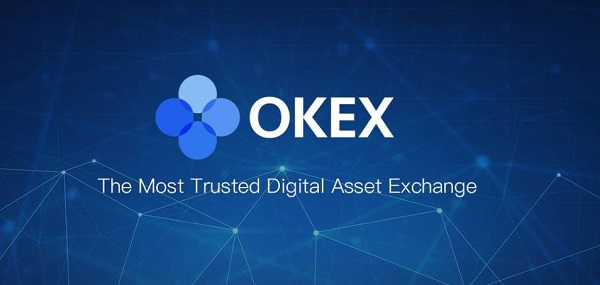In brief
Ethereum’s Shanghai upgrade is a hard fork slated for March 2023.
The Shanghai fork will implement EIP-4895, which allows validators to withdraw ETH that have been staked since as long ago as December 2020.
About 14% of all ETH are currently staked, accounting for 16 million tokens and a current value of over $26 billion.
The Shanghai fork also has several other EIPs, mostly designed to reduce gas costs for Ethereum developers.
The fork notably does not include EIP-4844, which facilitates the “sharding” of the Ethereum blockchain into multiple chains in order to facilitate scalability.
Ethereum’s Shanghai upgrade is a hard fork slated for March 2023. One of the biggest developments associated with the fork is that it will enable stakers and validators to withdraw assets from the Beacon Chain.
Because staked Ether accounts for about a seventh of the total supply of the token, or roughly 16 million coins, this has massive implications. The current value of all staked Ether is over $26 billion.
EIP-4895
The most important development of the Shanghai upgrade—allowing validators to withdraw staked tokens—is in line as Ethereum Improvement Proposal-4895, or EIP-4895. Validators have staked around 16 million ETH as a way of helping to secure the mechanism. Validators have been especially crucial to the Ethereum blockchain since September 2022, when the Merge began the process of shifting Ethereum’s consensus mechanism from proof-of-work to proof-of-stake. According to the new rules post-Merge, validators that stake 32 ETH in the chain can then participate in validating blocks, and each staked ETH ups the likelihood of a validator receiving block rewards.
The Merge required that validators lock up their ETH as well as any rewards they earned until a later chain update. Even though the Merge took place in 2022, validators have actually been staking ETH since December 2020. It was at this time that the Beacon Chain, relying on proof-of-stake as a mechanism, was released.
What it Means for Validators
The most notable development of the Shanghai hard fork for validators is that they can finally unlock all of their staked ETH. So validators could theoretically get in line to recover their staked tokens and pull them from the system. Some analysts view this outcome as unlikely, however, given Ethereum’s dominance in the DeFi space and the strong staking yield. Further, after the Shanghai upgrade validators will be able to withdraw staked assets freely, so they won’t have to worry about locking up a significant sum of money (32 ETH has been valued at as much as $150,000 or so at its peak) for an indeterminate amount of time.
Validators that do wish to unstake ETH after the Shanghai fork can do so in a couple of ways. One is to create a “withdrawal credential” to unstake any rewards accrued in the last several years. The second and more consequential option is to exit the Beacon Chain completely by unstaking all 32 ETH.
Other Improvements
EIP-4895 is the key development for the Shanghai fork, but there are several other smaller EIPs included as well. These other proposed improvements aim to reduce gas fees during periods of high activity to benefit Ethereum developers. They include EIP-3651, which proposes lowering gas costs related to Maximal Extractable Value payments when accessing the COINBASE address (COINBASE in this case is not related to the crypto exchange of the same name, but to software which allows developers to receive new tokens), EIP-3855, which aims to lower gas costs generally for developers, EIP-3860, which caps developer gas costs in certain cases, and EIP-6049, which addresses a similar concern.
Shanghai remains a relatively small upgrade, particularly compared to the Merge. But it will have the potential for significant impact for those with staked ETH on the chain. And other upgrades to the Ethereum protocol are likely to come later in 2023, including some aiming to improve the Ethereum Virtual Machine and another hoping to split the Ethereum blockchain into several different “shards” in order to enhance scalability. This last proposed improvement, known as EIP-4844, had at one point been considered for inclusion in the Shanghai upgrade, though it was later pushed back.
As of late January 2023, stress tests of the Shanghai upgrading using a shadow fork that supports the withdrawal of staked ETH had begun.
Stay on top of crypto news, get daily updates in your inbox.






Be the first to comment